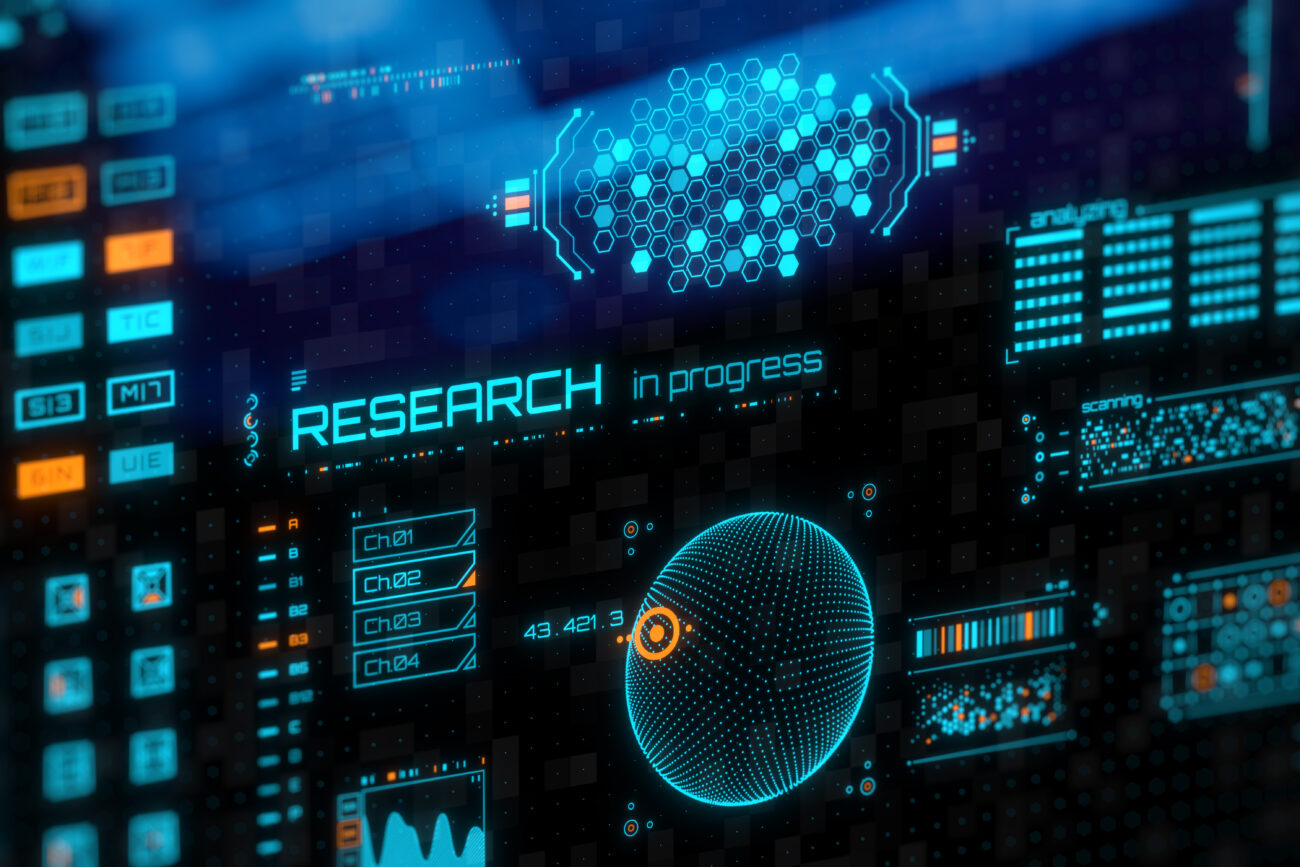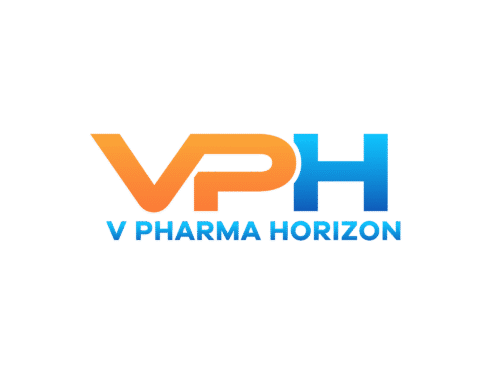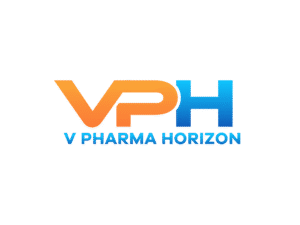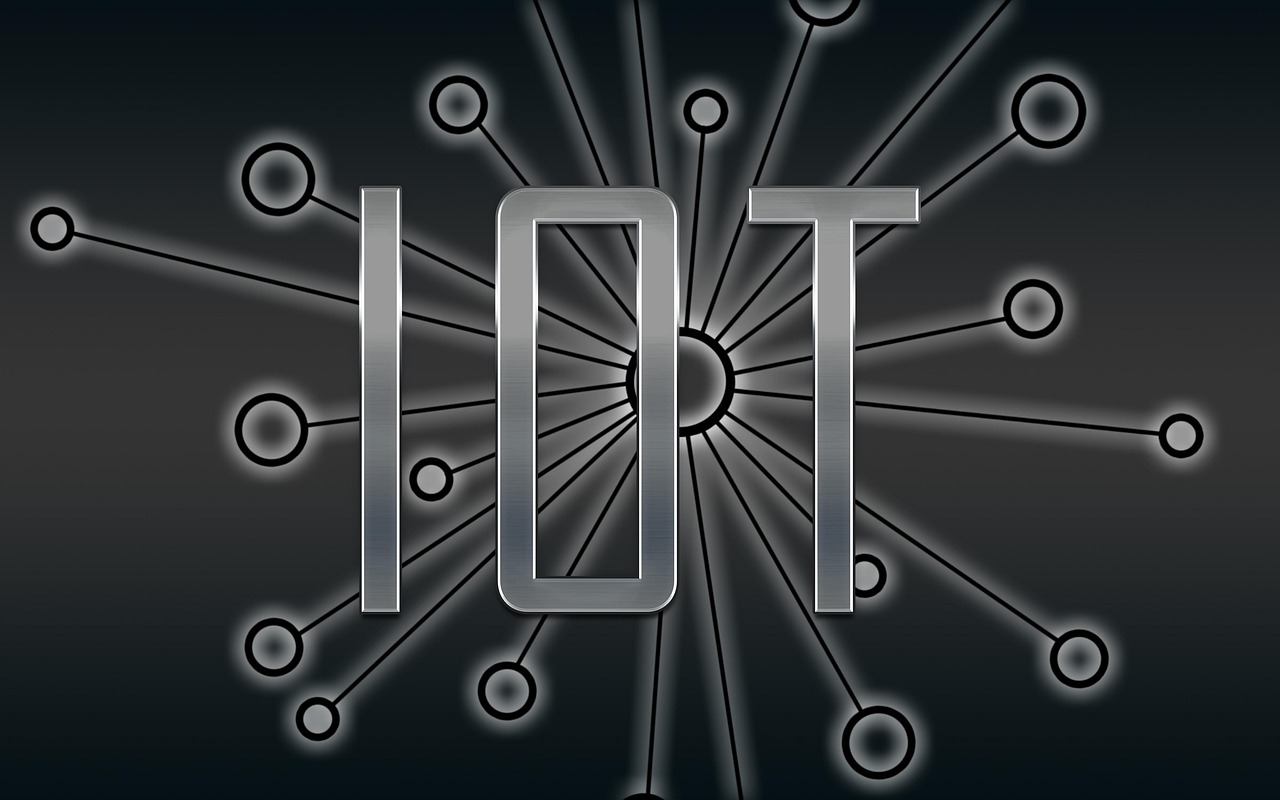Digital Twins in Drug Development: Simulating Human Physiology for Better Testing
In the rapidly evolving world of pharmaceutical innovation, the concept of digital twins is transforming how drugs are developed, tested, and brought to market. Originally used in manufacturing and aerospace, digital twins—virtual replicas of physical

In the rapidly evolving world of pharmaceutical innovation, the concept of digital twins is transforming how drugs are developed, tested, and brought to market. Originally used in manufacturing and aerospace, digital twins—virtual replicas of physical systems—are now making inroads into life sciences, particularly in simulating human physiology for drug development. This novel approach promises not only faster and safer drug trials but also a deeper, real-time understanding of how therapies interact with the human body.
What Are Digital Twins in Healthcare?
A digital twin in healthcare is a dynamic, data-driven model of a patient or physiological system that mirrors real-time biological processes. Powered by artificial intelligence (AI), machine learning (ML), and high-fidelity physiological modeling, these twins integrate data from electronic health records (EHRs), wearable sensors, genomics, and clinical trial results to simulate individual or population-level responses to a drug.
Unlike static models, digital twins evolve, learning from new data and continuously refining their accuracy. In the context of drug development, they serve as virtual test subjects—providing a way to predict drug efficacy, optimize dosing, and foresee adverse reactions long before human trials.
Key Benefits in Drug Development
1. Accelerated Preclinical Testing
Digital twins can simulate how a new compound behaves across different organs, tissues, and biological systems. This allows researchers to identify promising candidates and eliminate ineffective or toxic compounds earlier, significantly reducing time and costs associated with animal testing and lab trials.
2. Personalized Drug Response Simulation
By tailoring a digital twin to represent a specific patient demographic—or even an individual patient—scientists can predict how different populations will respond to a treatment. This is especially useful in conditions with high variability, such as cancer, cardiovascular disease, or autoimmune disorders.
3. Enhanced Clinical Trial Design
Simulated trials using digital twins can help refine protocols, estimate outcomes, and identify potential risks. Virtual cohorts modeled after real-world populations allow for more targeted trial recruitment and scenario planning, reducing trial failure rates and ethical concerns.
4. Predicting Long-Term Effects
Traditional trials may not fully capture long-term or rare adverse effects. A digital twin can model the progression of diseases and drug interactions over extended periods, offering insights into chronic use, comorbidities, and polypharmacy effects.
Real-World Applications
- Insilico Medicine and Dassault Systèmes are leveraging digital twins to simulate liver toxicity and cardiac events in response to drug compounds.
- Siemens Healthineers and Philips are incorporating digital twin technology into imaging and diagnostic tools to support real-time physiological modeling.
- Projects like the Virtual Physiological Human (VPH) initiative in Europe aim to create comprehensive, multiscale models of human organs and systems for clinical and pharmaceutical use.
Challenges and Ethical Considerations
While digital twins hold vast potential, challenges remain:
- Data Integration & Standardization: Combining vast, disparate datasets into coherent models remains a technical hurdle.
- Regulatory Acceptance: Regulatory bodies like the FDA and EMA are still in the early stages of defining standards for digital twin validation and use in drug approvals.
- Ethical Use of Patient Data: Ensuring patient privacy, consent, and ethical use of sensitive health data is crucial in building and deploying these models responsibly.
The Road Ahead
As AI models improve and computational power increases, digital twins are expected to become a cornerstone of precision medicine and drug development. Future innovations could include real-time physiological feedback loops from wearable devices, population-scale modeling for pandemic preparedness, and fully virtual Phase 1 trials.
Ultimately, digital twins represent a shift from trial-and-error medicine to model-and-optimize science—a paradigm where drug development is faster, safer, and more personalized than ever before.
Digital twins are redefining the future of drug development by offering powerful new ways to simulate human biology with unprecedented precision. While the technology is still maturing, its promise is undeniable: safer therapies, streamlined clinical trials, and a more ethical, data-driven approach to innovation. As the pharmaceutical industry continues to embrace digital transformation, digital twins may well become the gold standard for preclinical and clinical testing in the coming decade.






